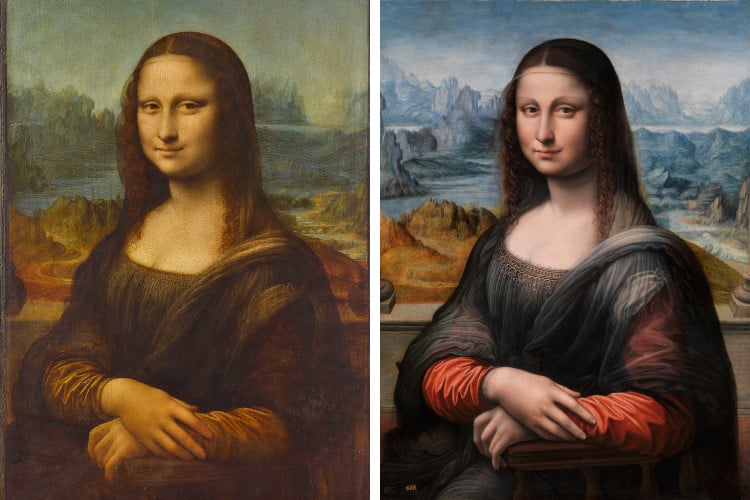
Photo: Leonardo da Vinci via Wikimedia Commons, Public domain (Left); Apprentice of Leonardo da Vinci via Wikimedia Commons, Public domain (Right)
The Mona Lisa is one of the most famous paintings in art history. The Leonardo da Vinci masterpiece has been widely studied and millions flock to Paris' Louvre Museum to see it in person every year. However, it is far from the only existing version of this painting. A copy made by one of da Vinci's apprentices at the same time as the original—making it the earliest known copy—is held in Madrid's Museo del Prado. The Prado Mona Lisa painting sheds light on the creation and details of the original, but is also a striking piece in its own right.
This painting has belonged to the Prado Museum since its foundation in 1819. However, for almost two centuries it was regarded as a relatively unimportant copy among the dozens of surviving Mona Lisa duplicates from the 16th and 17th centuries. This was exacerbated by a repainting the original composition had suffered. At some point in the 18th century, the landscape in the background was all covered in black, possibly due to some elements being unfinished.
Its fate changed in 2011. Aware of it being a copy that dated back to the first quarter of the 16th century, the Louvre requested to have it featured in an exhibition titled Leonardo's Last Masterpiece: The Sainte Anne. To get it ready, the Prado Museum launched a restoration project. On top of finding that the black varnish had been added almost two centuries later, they submitted their Mona Lisa to a study of infrared reflectography and radiography.
This process unveiled the preparatory underdrawing, identical in structure but traced with a different style in both paintings, as well as the drawing's corrections. This revealed that the copyist followed much of da Vinci's process for making the original piece. “The figures are identical in size and shape and were transferred by tracing, undoubtedly from the same cartoon,” writes the Prado Museum. Despite their similarities, the museum states, “There is no doubt that the imprecision and delicacy of Leonardo's painting is quite different to the precise technique of the artist who painted the Prado panel.”
While lacking da Vinci's signature sfumato and its drawing is of a lesser quality, the Prado's Mona Lisa offers unique insights, from the color palette—as the varnish in the original has become cracked and yellowed with age—to the changes made by da Vinci on the go, which were relayed to this painting. “Overall, the panel seems to reflect an intermediate stage in the creation of the Louvre painting,” says the Prado Museum. Ultimately, this copy of the Mona Lisa is the closest thing we have to a time machine that allows us to peek inside da Vinci's working methods.
Leonardo da Vinci's Mona Lisa, currently on display at the Louvre, is arguably the most famous painting in art history, but it actually has a “twin” painting at the Prado Museum.
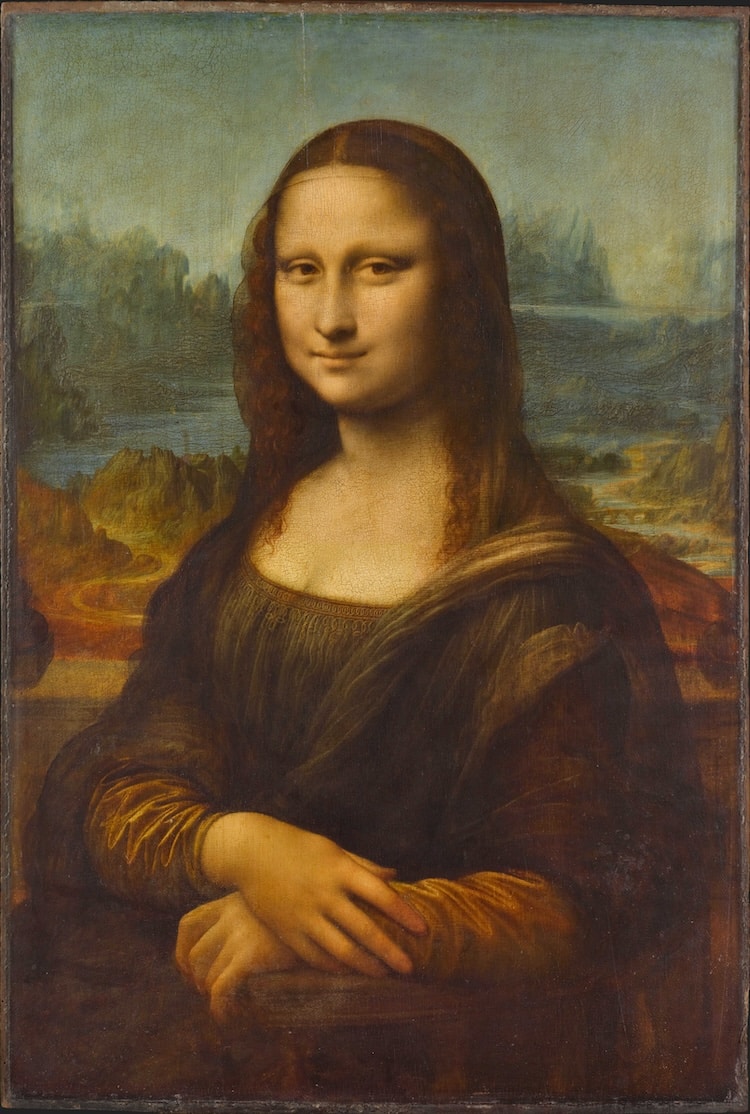
Photo: Leonardo da Vinci via Wikimedia Commons (Public domain)
The Prado Museum's Mona Lisa painting sheds light on the creation and details of the original, but is also a striking piece in its own right.
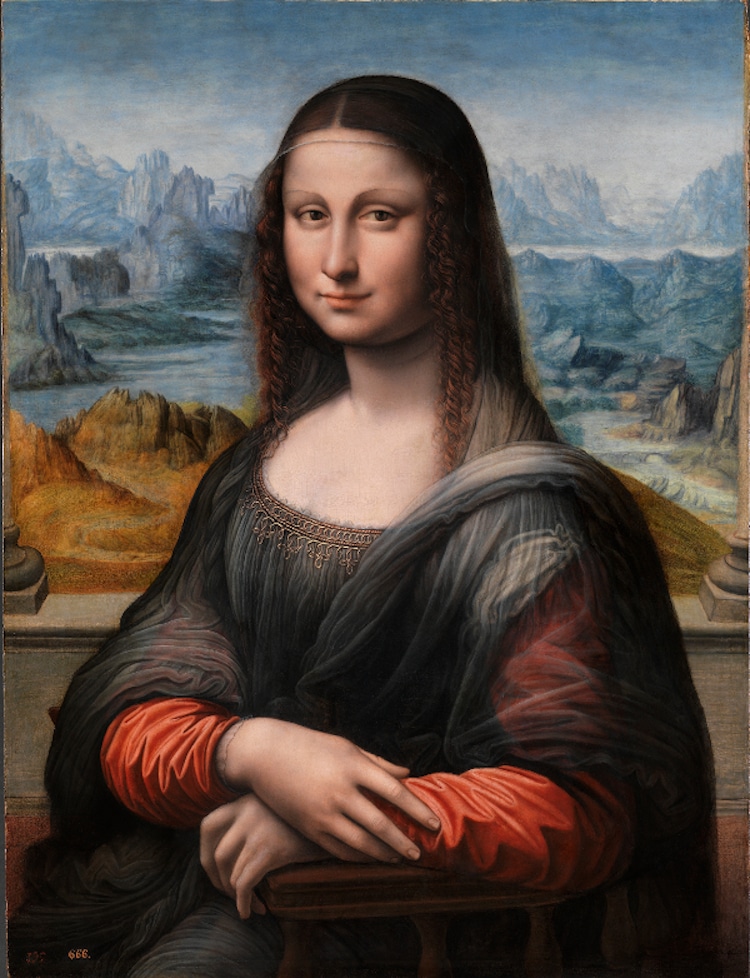
Image: Apprentice of Leonardo da Vinci via Wikimedia Commons (Public domain)
Since it was made by one of da Vinci's apprentices at the same time as the original, it is the earliest known copy on record.
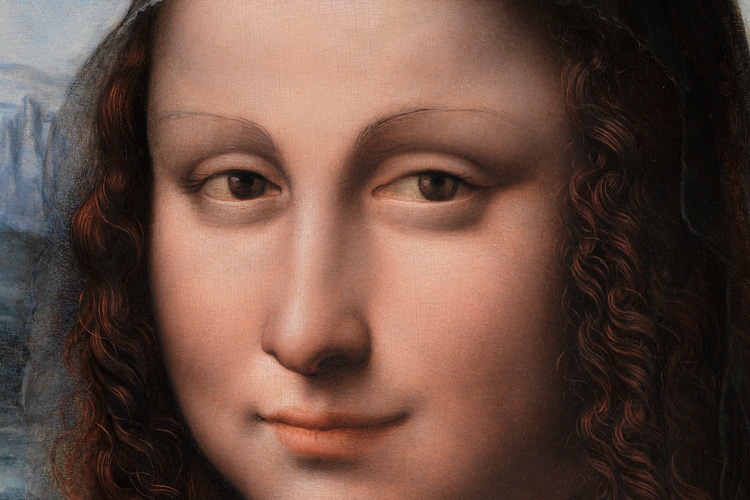
Photo: Apprentice of Leonardo da Vinci via Wikimedia Commons (Public domain)
For two centuries, a black varnish covered the landscape in the background.
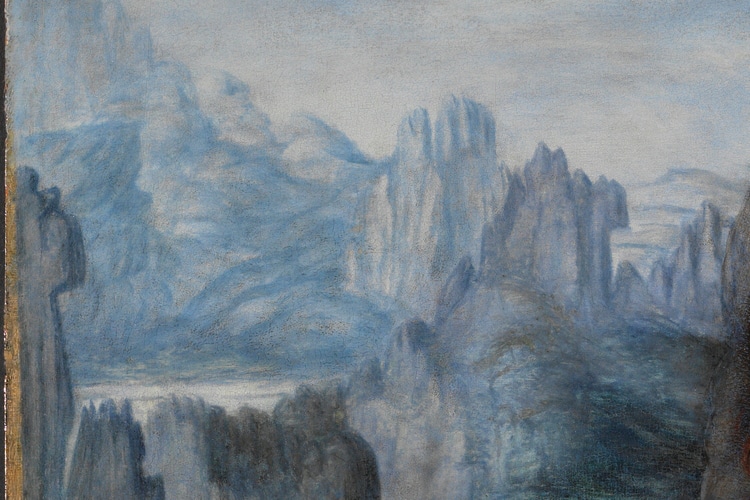
Photo: Apprentice of Leonardo da Vinci via Wikimedia Commons (Public domain)
A study of infrared reflectography and radiography then revealed the preparatory underdrawing, identical in structure but traced with a different style.
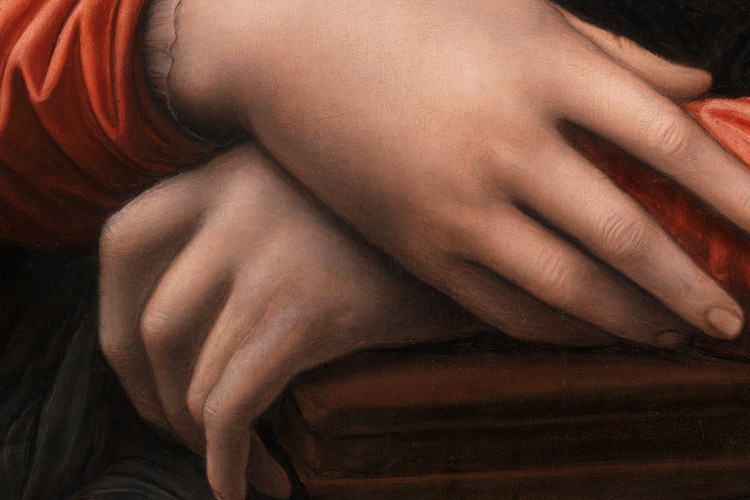
Photo: Apprentice of Leonardo da Vinci via Wikimedia Commons (Public domain)
“Overall, the panel seems to reflect an intermediate stage in the creation of the Louvre painting,” says the Prado Museum.

Photo: Apprentice of Leonardo da Vinci via Wikimedia Commons (Public domain)
Related Articles:
Renaissance Master Leonard Da Vinci Wrote One of the Earliest Known Resumés
‘Mona Lisa’ Is Brought to Life at the Louvre’s First VR Experience
Genius Mind of Leonardo da Vinci Is Now on Display in Largest Online Archive
The Significance of Leonardo da Vinci’s Famous “Vitruvian Man” Drawing






















































































